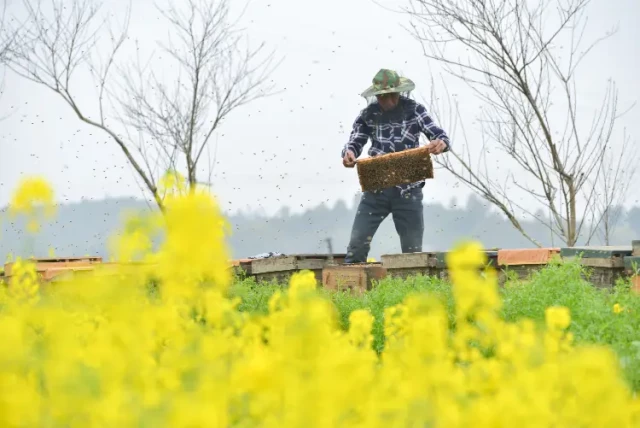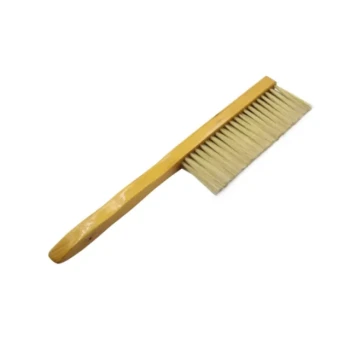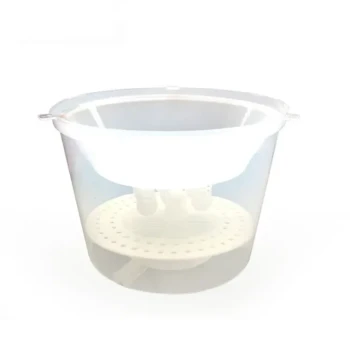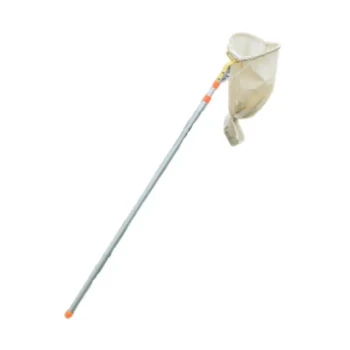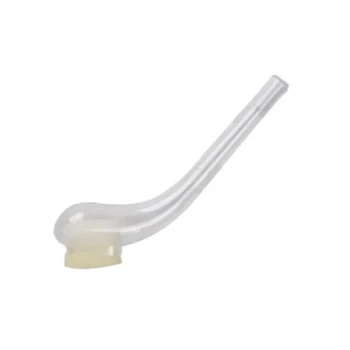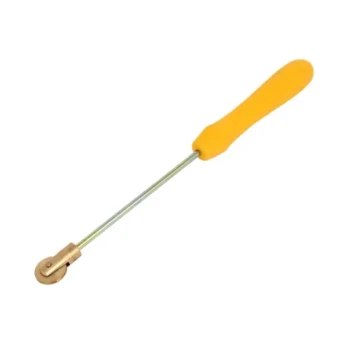Benefit-Driven CTA:
Upgrade your apiary’s productivity with HONESTBEE’s beekeeping solutions—designed for commercial beekeepers who prioritize both yield and colony health. Explore our wholesale catalog for equipment that balances efficiency with bee welfare.
Installing a Pollen Trap: Beyond Basic Steps
Pollen traps are invaluable for harvesting nutrient-rich bee pollen, but improper installation can disrupt hive dynamics. The key lies in understanding why certain methods work—not just how to execute them.
The Science Behind Entrance Modification
Bees navigate through spatial memory. When you alter their entrance (a pollen trap’s primary modification), you disrupt their flight paths. Research shows that gradual adaptation minimizes stress:
- Phase the installation: Start by partially obstructing the entrance for 24–48 hours before full trap deployment.
- Use guide strips: Temporary cardboard strips can help bees reorient to the new opening layout.
Pro Tip: Monitor traffic patterns post-installation. If bees cluster or exhibit erratic flight, pause and reassess.
Decoding Bee Behavior During Adaptation
Bees communicate through pheromones and movement. Watch for these signs of successful adaptation:
- Normal foraging resumes within 12–24 hours.
- Guarding behavior stabilizes (agitation indicates stress).
- Pollen loads are visible at the trap’s collection drawer.
Have you noticed how bees adjust their flight speed near modified entrances? Slower approaches often signal caution, while confident flights suggest acclimation.
Maximizing Trap Efficacy Without Harming the Hive
Key Monitoring Metrics for Healthy Adaptation
- Brood Health: Check for consistent egg-laying patterns. A decline may signal nutritional stress from trapped pollen.
- Hive Weight: Stable weight indicates balanced foraging (sudden drops suggest overharvesting).
- Varroa Mite Levels: Traps can inadvertently increase mite exposure; monitor weekly during use.
Seasonal and Hive-Strength Considerations
- Spring/Summer: Limit traps to 2-week intervals during peak pollen flows (e.g., fruit blooms).
- Weak Colonies: Avoid traps entirely—they lack surplus pollen stores for brood rearing.
- Tropical Climates: Shorter durations (7–10 days) prevent heat stress in densely populated hives.
Reference Insight: Studies recommend traps only during "major pollen availability" to safeguard colony nutrition.
Troubleshooting and Long-Term Success
Common Installation Mistakes (and How to Avoid Them)
- Mistake: Placing traps during nectar flows.
Fix: Pollen traps compete with honey production; time installations for pollen-rich periods. - Mistake: Ignoring hive temperament.
Fix: Aggressive colonies may reject traps; test with a partial setup first.
When to Remove or Adjust the Trap
Remove traps immediately if you observe:
- Queen disruption (e.g., erratic laying, absconding).
- Pollen scarcity in brood frames.
- Increased pest activity (e.g., small hive beetles attracted to trapped pollen).
Final Thought: Like all beekeeping tools, pollen traps thrive on balance. By aligning harvest goals with natural bee behaviors, you protect the hive’s invisible rhythms—the quiet foundation of every thriving apiary.
Visual Guide

